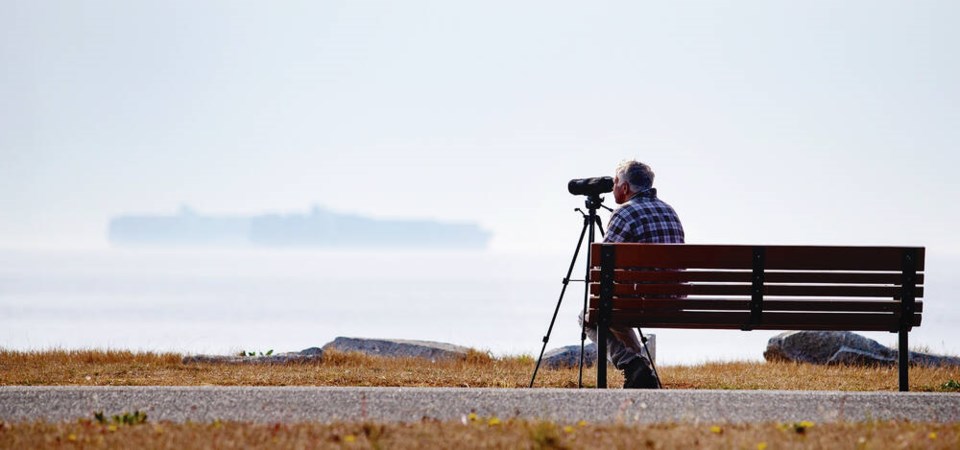We hear it from our neighbours, at the grocery store and chit-chat over the phone: Man, it’s been dry out there.
In fact, Greater Victoria is so parched it has just set a record for the driest period in its recorded weather history, said Steven Murray, a local weather analyst who chronicles weather patterns at Gonzales Observatory in Victoria.
The federal Gonzales station opened in 1914, but data for the area goes back to 1898, when weather patterns were collected at a former station on Cook Street. It is considered one of the longest-running set of measurements on the Pacific coast of North America.
On top of the hill in Fairfield, Environment Canada rain gauges have only been able to capture slight spittings of precipitation — just 0.6 millimetres — from July 19 to Sunday. Just 0.2 mm was recorded on Aug. 10 and then again on Sept. 4 and 28.
That minuscule amount easily surpassed the previous 90-day dry stretch record at Gonzales of 2.8 mm for May 25 to Aug. 22, 1951, said Murray.
It was even drier at Environment Canada’s University of Victoria weather station, with just 0.4 mm recorded from July 19 to Oct. 16 this year.
The station at Victoria International Airport had a little more rain, but only 2 mm in total over the same period.
Murray said he’s contacted Dave Phillips, a senior climatologist at Environment Canada, who said that, based on a preliminary look at the data for major cities, “it’s likely that no other large city in Canada has ever witnessed a drier period than what Victoria has seen in the past 90 days.”
The driest 90-day periods ever recorded for some other major Canadian cities include 6.1 mm for Vancouver, 37.9 mm for Toronto, and 2.9 mm for Calgary — all of which pale in comparison, said Murray.
“So we have basically lived through the driest 90-day period ever experienced in urban Canada,” said Murray.
Environment Canada is calling for scattered showers on Friday, and heavier rain near the end of the month.
“I think on Friday a lot of people are going to just stand in the rain to experience it again,” said Murray.
Meanwhile, the Sunshine Coast Regional District, the District of Sechelt and the shíshálh Nation issued a state of local emergency declaration on Monday because the region is at risk of running out of drinking water. Non-essential commercial uses of water must cease as of today, the order says. The order includes swimming pools, breweries, and concrete, asphalt and gravel businesses.
A declaration says the Chapman Water System is at “eminent risk” of being exhausted due to drought. It supplies about 90 per cent of the population in the area, about 70 kilometres north of Vancouver.
The existing water supply for the region is forecast to last until early November if there’s no significant rainfall.
In Greater Victoria, the Sooke Reservoir, which supplies the region’s drinking water, is at about 70.5% of capacity.
— With The Canadian Press
>>> To comment on this article, write a letter to the editor: [email protected]




